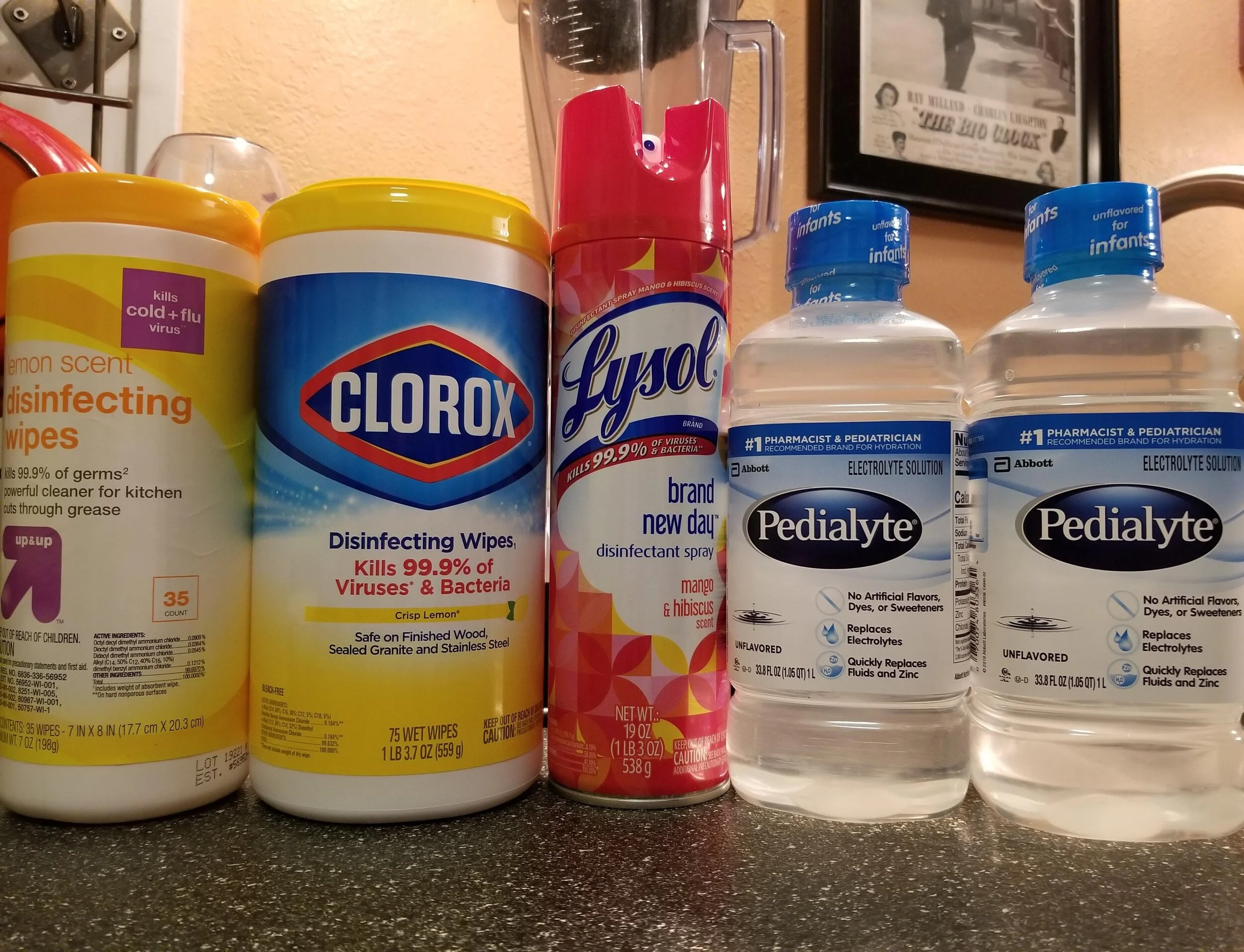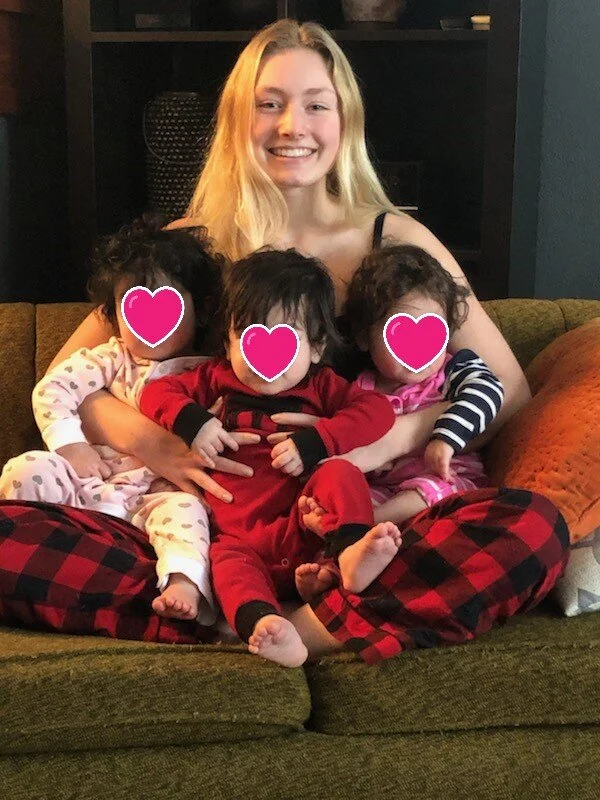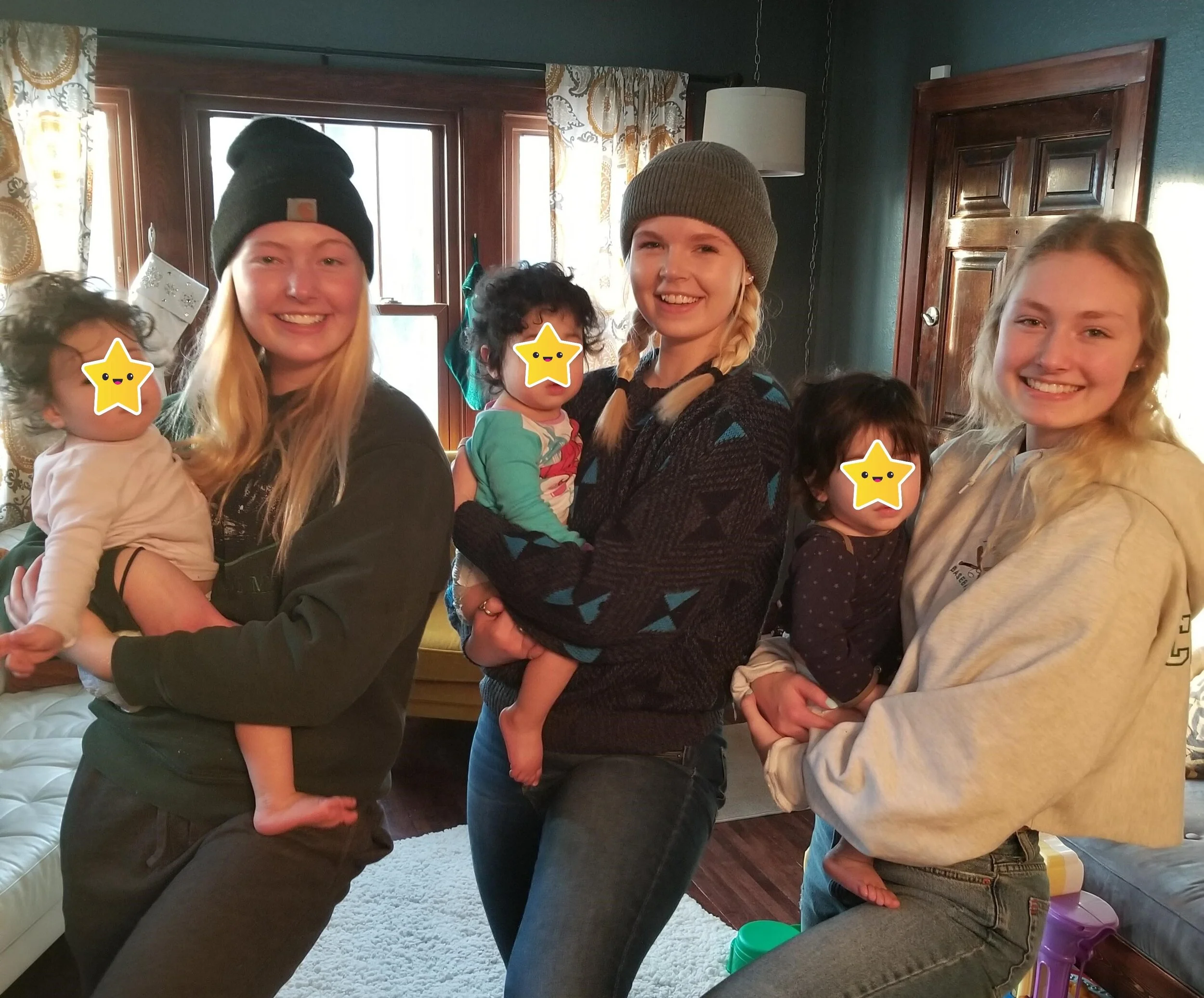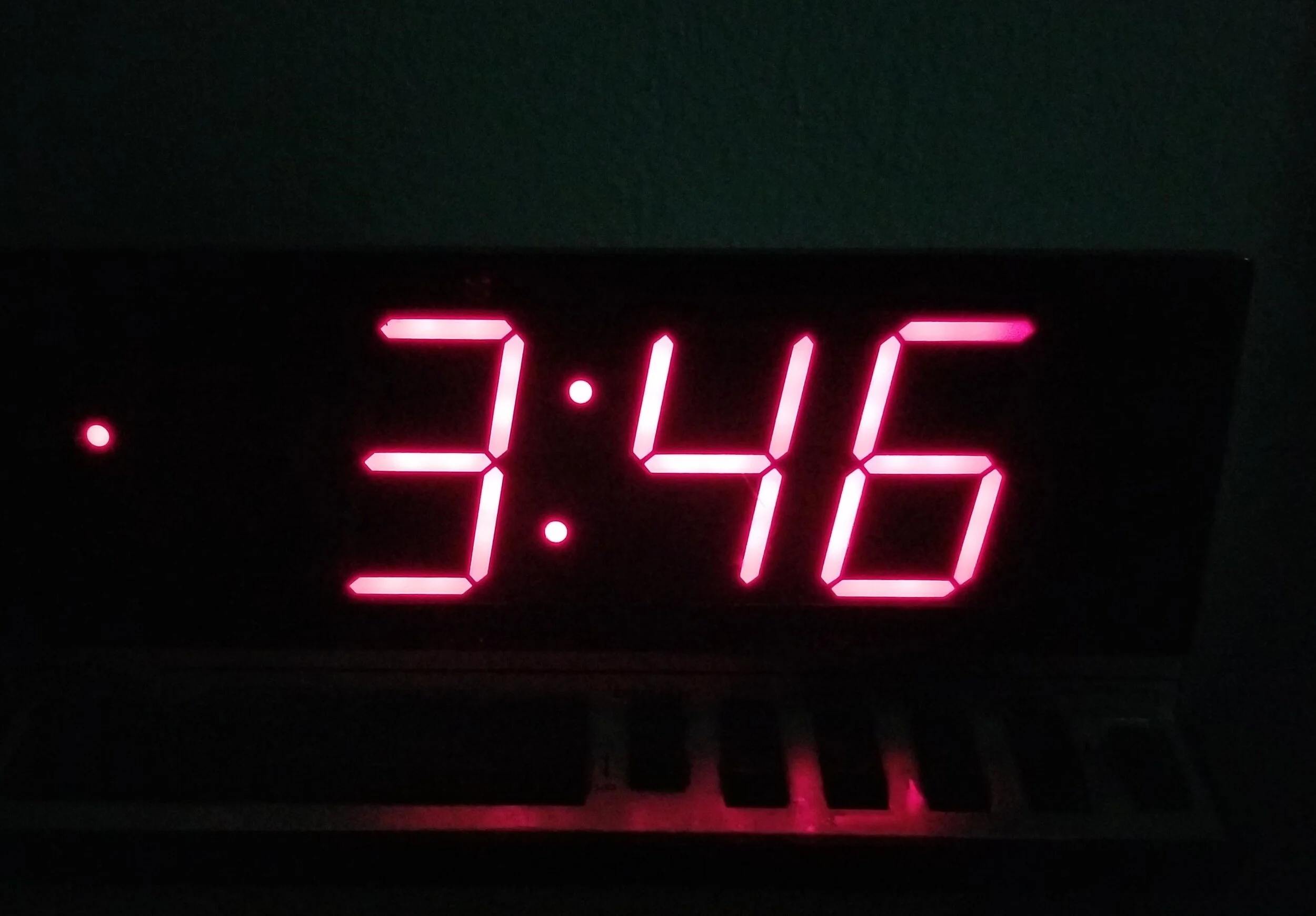I wrote today’s blog installment in the fall of 2014, describing life in 2002 when we were new to our house, our neighborhood. A lot has changed with life and the world around us, but not my love for my neighbors. That’s still going on. Enjoy!
*****
Two shots fired four blocks away. A homicide somewhere on Penn. A bus stop robbery a block over.
After absorbing a few segments of the local evening news and encountering raised eyebrows from people who asked where we lived, reality seeped in. We were living in the hated part of town. North Minneapolis, the black sheep of the Twin Cities. It didn’t feel bad to me, but hearing stories from outsiders left a mark. Husband was unaffected, but I started living on the inside. And if my living room curtains were closed, I decided, they couldn’t get a clean shot driving by. I buried myself in diaper changes and orchestrating naptimes. Husband was gone a lot for work. For months, the curtains stayed shut.
During the inside days, we settled into a church in the suburbs, and what I had always known came back: needs are everywhere. My neighborhood brimmed with visible needs, but pain also hid behind expensive window treatments in suburban cul-de-sacs. Finally, I’d had enough.
Love your neighbor.
I opened the curtains and stepped outside. We started living.
Memories of our early days are blurred at the edges and planted in our backyard with its chain-link fence and lush grass—that new grass with its sod seams showing it had been displaced too and was without roots yet. But the perfect lawn didn’t last.
“Creeping Charlie?” I said when my sister explained her weedy struggles. “What’s that?”
She pointed it out in her south Minneapolis yard so I would recognize the usurper in the future. Soon I had a crop of my own.
But living on the outside wasn’t all about the grass. We had an alley too, and excitement swirled around it. The revolving door on the rental property straight across the alley from our house kept us guessing. Who now?
“Well, they seem nice,” I’d say to Husband. And then we never saw them again.
Diversity surrounded us, and two-and-a-half-year-old Flicka noticed.
“Why are we so bright?” she said, tapping on her arm’s fair skin while watching some new tenants move in across the alley one day.
“Because God made us that way,” I said. “And we’re okay even though we’re different.”
Later, while on my hands and knees tending my garden, I caught a flash of red in my peripheral vision. I glanced up but saw nothing. I went back to my soil prodding. The autumn sedum was doing well in spite of me. Wait. What was that red flash? Nine-month-old Ricka sat on her plump base near me, tweezing blades of grass with fingers that disappeared into her mouth. Where was Flicka? I jumped to my feet, eyes darting over the yard. I scooped up Ricka, popped her onto my hip, and ran through the gate to the front sidewalk. Our wiener dog Dexter scooted between my legs and scuttled under a bush in my neighbor’s yard. I’d deal with him later.
There was Flicka—already a half block down, clutching an opened red umbrella, and running away from me as fast as possible wearing only her birthday suit. She was almost to the corner when I caught up with her naked self.
“Oh, you think it’s funny?” I said.
She did. Our new neighbors had probably never seen so much bright skin before.
Mrs. Isenberg next door was tickled watching our girls play in the yard and also lucky enough to have witnessed the nude run on the sidewalk, she later told me over the chain-link fence. Then we chatted about her diabetes. It was getting harder for her to control, and sometimes her foot ulcer kept her in bed.
Her husband, a disabled veteran, tried to tidy the yard, but his efforts trickled off as Mrs. Isenberg required more care. He left an empty five-gallon bucket lying on its side in the garden, and it stayed there—a stark reminder she was confined to the house, and he wasn’t leaving her.
Over several months, the house next door fell into disrepair and then finally went into foreclosure. The Isenbergs were forced to move out of the place where they had raised all their children. They packed their things and left. The five-gallon bucket was left behind.
But we weren’t done with Mrs. Isenberg yet. The girls and I followed her life and adventures into the nursing home room where she ended up after her lower right leg was amputated.
“Have a piece of candy,” Mrs. Isenberg said. “I sure don’t need it.”
“Did your surgery go well?” I said.
“I can’t complain. Do you want to see it?”
“Could we?”
Mrs. Isenberg uncovered her leg, then pulled a stretchy stocking off her residual limb. Even though we had talked about the procedure on the ride over, Flicka looked surprised.
In the car on the way home, we debriefed.
“Her stump is round,” Flicka said. “You said they cut it off. But it’s not flat on the end.”
I glanced in the rearview mirror. “Was that strange?”
“No, it was nice that way.”
Back at home, my sadness at seeing the Isenbergs’ empty house was replaced by a niggling sense of dread. Who would live next door now?
We kept living on the outside so we could find out. We wouldn’t have long to wait.
*Names in this blog have been changed to protect my family and friends in the neighborhood, and in a nod of appreciation to the beloved Swedish author Maj Lindman, I’ve renamed my three blondies Flicka, Ricka, and Dicka.


















